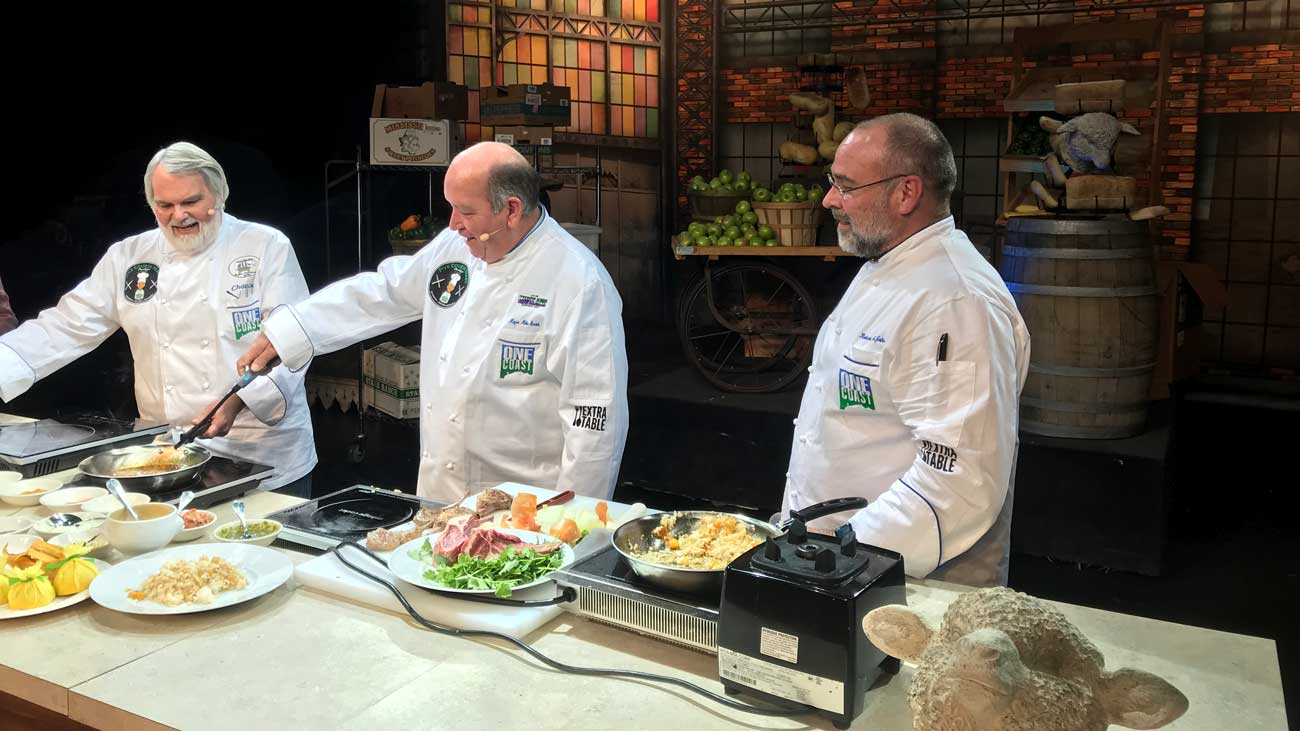Catfish
In Sunday’s New York Times Magazine there was an extensive article on catfish. In the article I learned that the Catfish Institute, located in Jackson, Miss., has chosen a new name for the catfish— Delecata.
As new made-up names for fish go, I guess “Delacata” is as good as any, though I would like to see the list of names that were eliminated. The story claimed that the Catfish Institute had “market-tested” the new name. Market test or not, I will still call it catfish.
The most troubling part of the story was a sentence about local catfish farmers which read, “About a third of the region’s [catfish] growers have quit, and those remaining increasingly see their ponds as liabilities. If attrition continues apace, very little catfish will be farmed in the United States before long.”
This is a major loss for farmers throughout the South. I have toured several catfish farms and processing plants and have been amazed by the scientific approach and world-class efficiency with which these Mississippi farmers and processors operate their businesses. And I continue to be impressed with the high-quality fish that they produce.
The problem stems from imported freshwater fish which a few unscrupulous suppliers and restaurant owners dishonestly market as catfish. There is a Vietnamese variety called Basa which is harvested in the Mekong Delta that is still marketed and sold in some establishments as “catfish.” In addition to having a terrible name, Basa is an inferior-tasting fish and can’t— even on it’s best day— compare to Mississippi farm-raised catfish.
That same day I read a story in The Sun about a “mutant catfish” that was killing people in India. The Goonch fish has been feeding on corpses that have been thrown in the river for so long that it has now developed a taste for human flesh. Folks, this is not the plot for an upcoming Halloween movie, it’s real.
A man once caught a 161-lb Goonch. That’s a big mutant catfish. The Sun also reported, “the first live victim of a Goonch was thought to have been a 17-year-old Nepalese boy in April 1988.” and “an 18-year-old Nepali [boy] disappeared in the river, dragged down by something described as an ‘elongated pig’.”
A “flesh-eating river monster” that looks like a pig? Muddy-tasting Vietnamese Basa putting Mississippi farmers out of work? I prefer to eat my catfish, not the other way around. Make mine Mississippi-raised catfish, everytime.
There is a sport practiced in rivers and lakes throughout the South called, “grappling,” in which a person reaches into logs and stumps and pulls out giant catfish (or Delacata) by sticking their hands in the fish’s mouth. I have seen pictures of this and the catfish they bring out of the water are huge.
To my knowledge, grappling is exclusively an American sport. One thing is for certain: If anyone is grappling for fish in India, they aren’t around later that night to hang out at the campfire and tell the fish tale.
Had I sat on the Catfish Institute’s what’s-our-new-name-gonna-be committee, I might have gone along with the name change, but I certainly would have suggested a new tagline: “Delacata: It might not be a great name, but at least it doesn’t eat you.”
If you are like me and enjoy one of Mississippi’s best crops— catfish— ask the owner of your favorite fish house if he or she is using American (preferably Mississippi-raised) catfish. And if they aren’t, take your business elsewhere, and if they say, “Actually, we’re serving ‘Delacata’,” let ‘em slide, and take solace in the fact that they’re not serving Basa or Goonch.
Mississippi-Fried Catfish
2 cups Cornmeal
3 Tbl Lawry’s Seasoning Salt
3 Tbl Lemon Pepper Seasoning
16-20 Catfish, cut into two ounce strips
Peanut Oil for frying
Heat oil in cast iron skillet to 350 degrees. Combine cornmeal, Lawry’s and lemon pepper. Dredge catfish strips in cornmeal mixture and shake off excess. Drop one at a time into hot oil. Fry until golden (about six minutes), remove, drain and serve.
NOTE;
When frying, it is crucial to maintain the oil temperature. Overloading the oil will cause a severe drop in temperature causing whatever you are frying, and the product will absorb more oil, resulting in a greasy, soggy final product. Keep a thermometer in the oil at all times so that you can monitor the temperature. Also, only bread as much as you can fry at one time. Pre-breading can cause clumps, which will fall off during the frying process. A good method for frying in batches is to preheat your oven to “warm” (200 degrees). Place paper towels or a cooling rack on a baking sheet and place in the oven. Place the already fried objects in the oven, leaving the oven door cracked slightly to prevent steaming.



